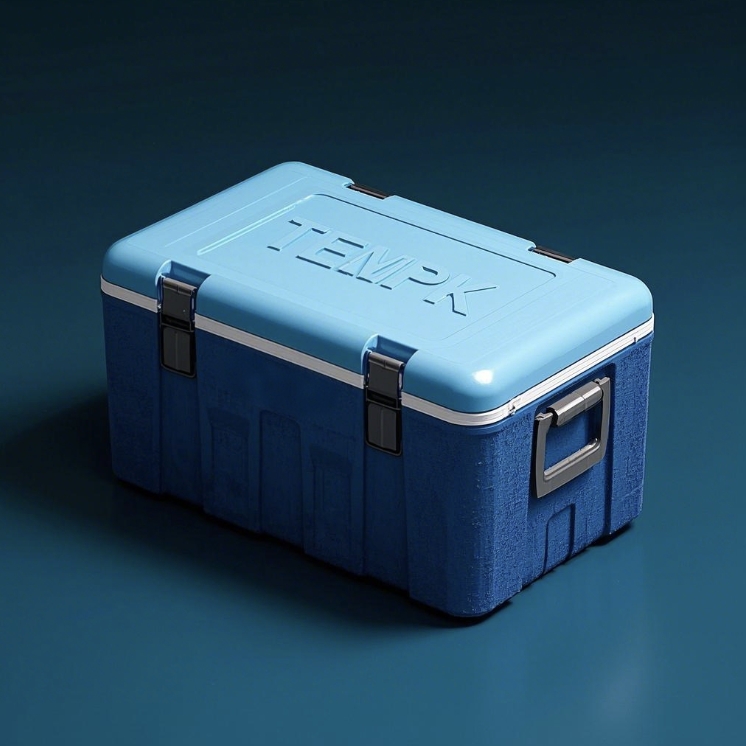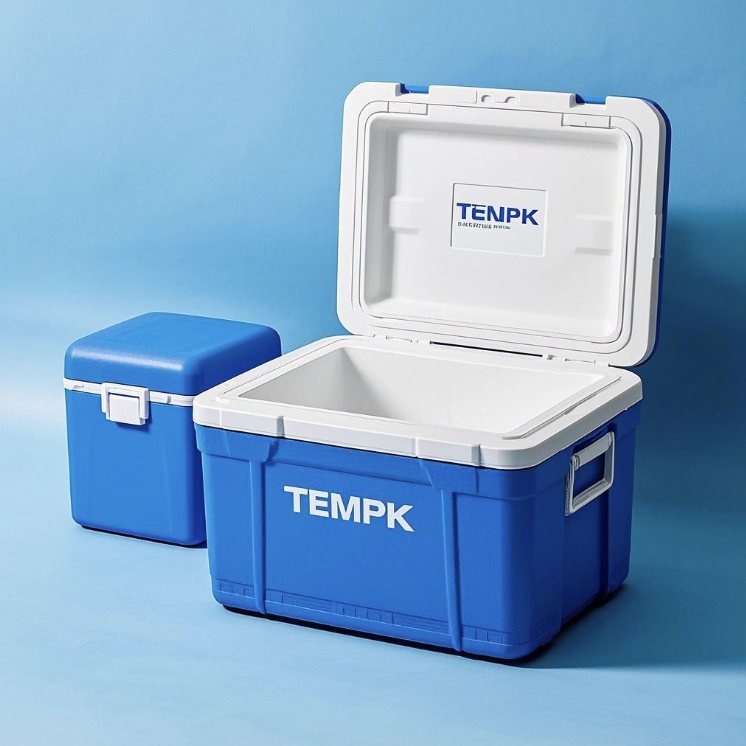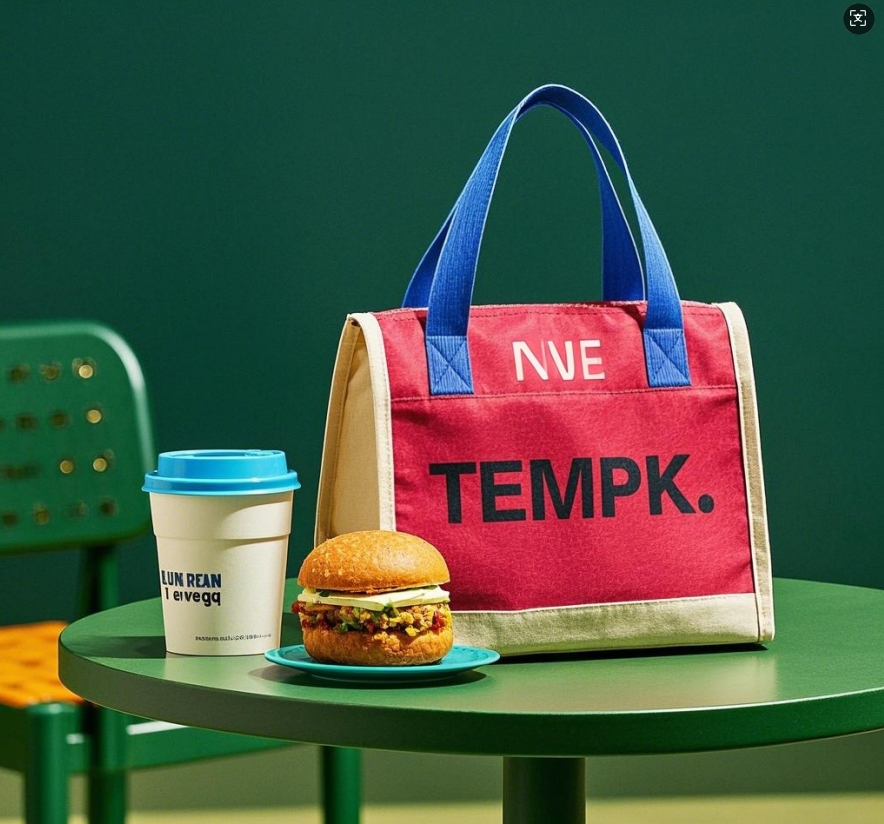
IntroductionDiabetes management requires precise operation, especially when it comes to insulin storage. Maintaining insulin within the temperature range of 2 – 8°C is crucial for...

IntroductionIn the daily management of diabetes, the proper storage of insulin is of utmost significance. Unopened insulin should be strictly stored in an environment of...

In the ever – expanding world of e – commerce and food delivery, the need for efficient and reliable temperature – controlled shipping solutions has...

In the dynamic landscape of modern commerce, the demand for frozen food has been on a steady rise. Whether it’s the convenience – driven consumer...

In the era of globalization and fast-paced e-commerce, the demand for efficient and reliable transportation of temperature-sensitive products has reached an unprecedented height. Cold chain...

In the ever – evolving landscape of modern commerce, thermal shipping boxes have emerged as a linchpin for businesses that deal with temperature – sensitive...

The Indispensable Role of Insulated Delivery Boxes In an era where online shopping and doorstep deliveries are the norm, the significance of insulated delivery boxes...

Meta Description Explore all about insulated cake boxes for shipping. Learn their significance, key features, top – rated products, and expert tips for choosing the...

Introduction In today’s dynamic world, children are constantly on the move, whether it’s heading to school, engaging in extracurricular activities, or embarking on family outings....

Introduction In today’s fast – paced world, where people are constantly on the move, having a reliable way to keep your food fresh and at...

Introduction In a world where convenience and food safety are of utmost importance, insulated lunch bags have emerged as a must – have accessory. Whether...

Introduction In today’s dynamic world, where women are constantly juggling multiple roles, a lunch tote has evolved from a basic food carrier to an essential...

Introduction In today’s hyper – active world, where time is of the essence, a reliable lunch bag has transitioned from a convenience to an absolute...

Introduction: The Indispensable Role of Insulated Food Bags in Delivery In the cutthroat realm of food delivery, temperature – controlled delivery is no longer a...

Introduction In the fast – paced and highly competitive world of food delivery, large food delivery bags have evolved from being mere carriers to becoming...